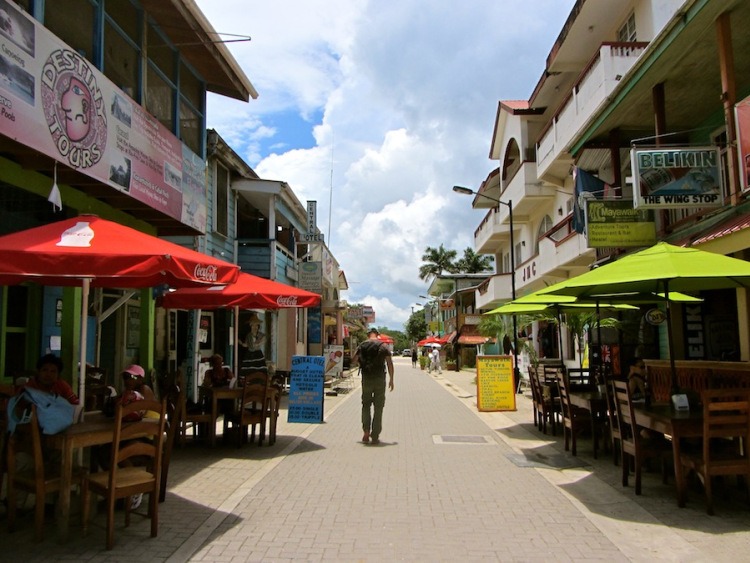A Short History of San Ignacio, Belize

Minneapolis-St. Paul. Dallas-Ft. Worth. Then there’s San Ignacio and Santa Elena, Belize. But that’s where “twin town” comparisons part ways — and not just because the first two are located in the U.S. San Ignacio’s roots are as deep and just as fascinating as those of the aforementioned Minnesota and Texas towns, though San Ignacio’s history is especially dynamic, especially if you’re a history buff.
Originally named El Cayo by Spanish settlers centuries after the region’s Maya population mysteriously disappeared, San Ignacio and Santa Elena were established in the 1860s and neither towns were strangers to exploitation and colonization, spending centuries under foreign rule that included England. On October 19, 1904, El Cayo finally received township status by Brits who ruled what was then British Honduras.
The island that was no longer an island
Long before the town’s official name morphed from El Cayo to San Ignacio, the topography of the region — a mixture of marshy land, Macal and Mopan Rivers plus a meandering creek that physically separated the area from its closest neighbors — were reasons the name Cayo (which means island) was given to this area. Once that creek dried up in the 1940s, the area joined the mainland and lost it’s island designation.
Given San Ignacio’s mahogany and chicle resources, the town began to grow fast thanks to employment opportunities these industries provided. The diversity of the people who came to work these jobs established a cultural foundation that is still celebrated today, and includes Creoles, descendants of the Maya, mestizos, and Mennonites who came to Belize to escape persecution in the late 1950s.
The town that just kept growing
San Ignacio was designated as the district’s capital as the land continued to be exploited. As logging and chicle tapping grew, all manner of transportation was used to get raw materials to market: mule packs, canoes, riverboats and by foot. Trade was reciprocal: Every time raw supplies were brought out of San Ignacio and neighboring towns, supplies needed to feed, clothe and support residents were imported.
The construction in 1949 of the Hawksworth Bridge and the paving of the Western Highway in the 1980s made reaching San Ignacio a faster journey, bringing more workers and expanding Belize’s commercial output. Today, Belize’s economy depends upon San Ignacio where a majority of the populace live.
Further, the twin towns, notes historian Hugh O’Brien, “are the first stop on the west-east corridor of Belize from the border,” serving as a conduit for people, goods and services. Yet the nation’s past and natural beauty remain central to San Ignacio’s reputation and ambience. Home to archaeological sites, forests, caves and natural attractions, this town has managed to retain its small town charm despite the fact that it’s a magnet for tourism, real estate and commerce.













